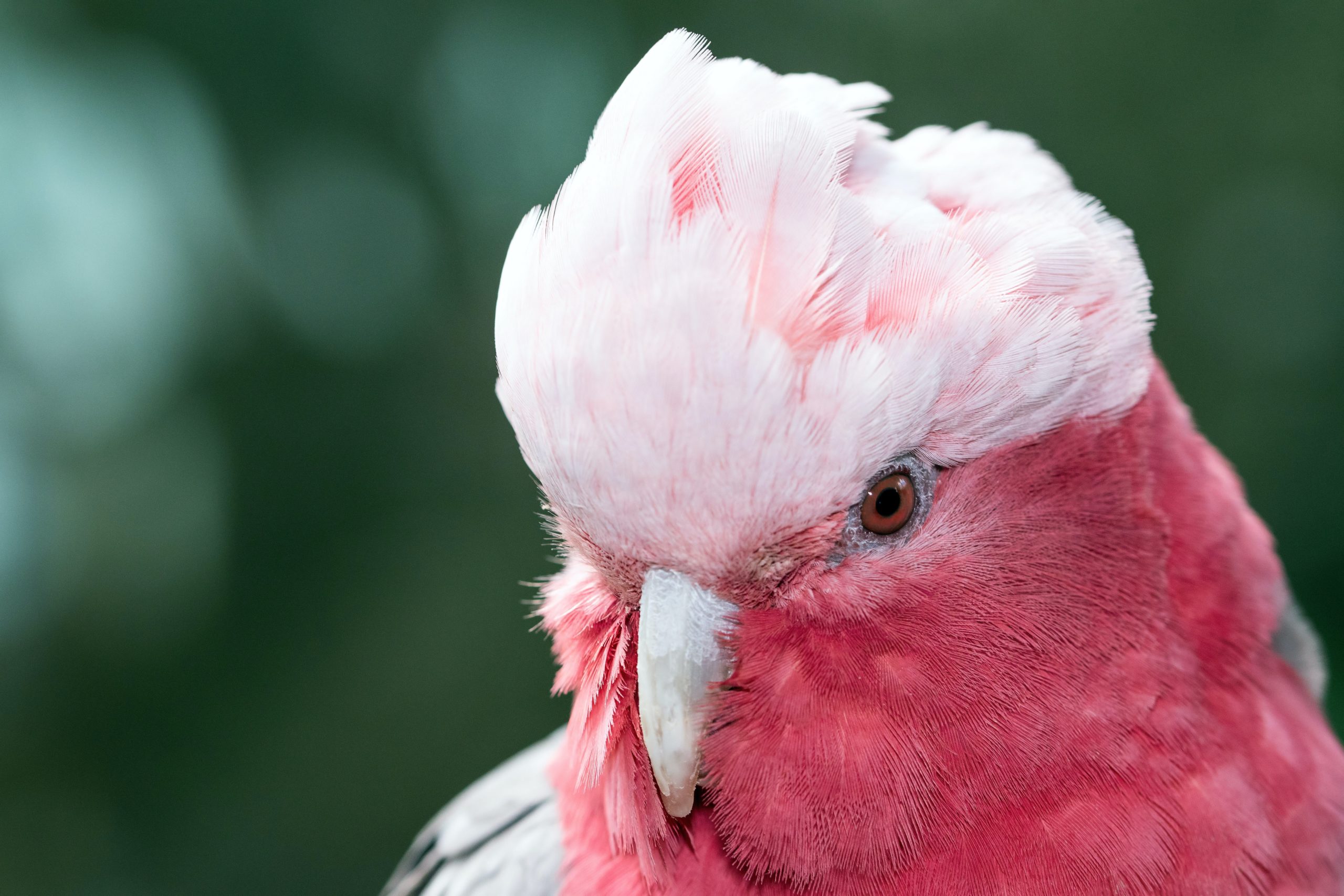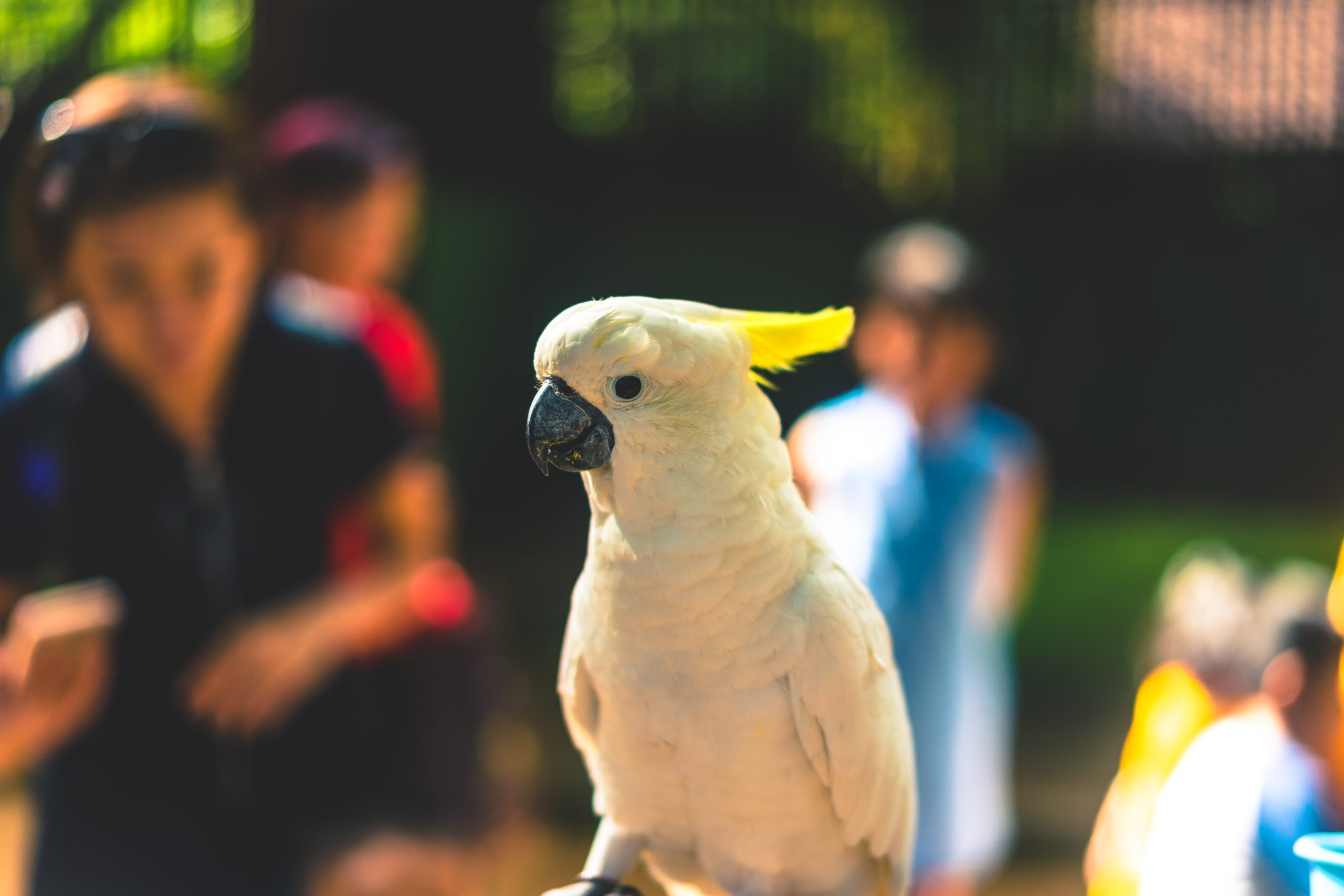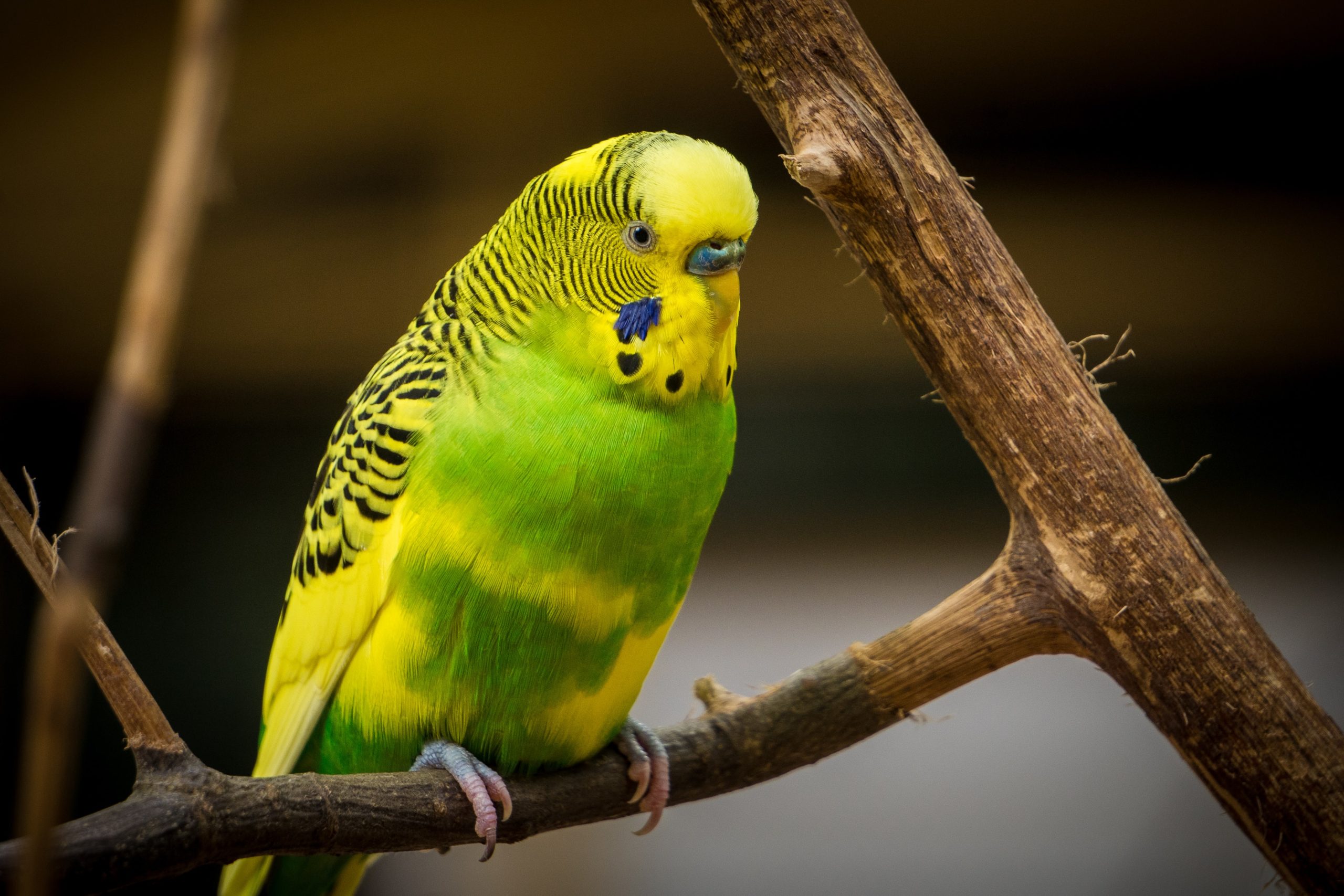Most birds are naturally very active during the day and would normally encounter a huge variety of perching textures and perch sizes in their wild environment. This, along with ordinary preening and grooming, wears the toenails down and helps maintain consistent length and health of the toenails.
In captivity, the bird typically has perches of the same size and smooth texture.This leads to an imbalance in the rate of nail growth and wear. Without trimming, the nails would become excessively long. Overgrown nails may become caught and cause injuries to the bird.
Do I need to trim my bird’s nails?
The ‘quick’ is the blood and nerve supply that grows part way down the middle of each nail (birds have a very long quick). In light coloured nails it is visible as the pink area in the nail. In dark or black nails it is completely hidden. When cut, the quick may bleed profusely. Since birds do not have a very good clotting mechanism, it is important to be careful when trimming the nails. If you choose to attempt nail trims at home then you must have a clotting agent. A pet store or your veterinarian may have a safe pet product available. Powdered clotting agents seem to work better than liquids.
The nail should be trimmed a little at a time to help lessen the chance of cutting into the nail’s quick. It takes good judgment and practice to trim nails properly. If bleeding occurs, remain calm, restrain the bird safely and securely and use finger pressure to pinch the toe just before the nail. This will provide a tourniquet action while a clotting agent is applied to the cut end. Corn starch or flour may be used in an emergency but is not an adequate substitute under normal situations.
Your veterinarian can trim the nails safely during regular health examinations and is prepared to deal with any bleeding that may occur. Some veterinarians may use an electric grinder on the nails and beak of larger birds such as parrots, cockatoos and macaws.
Do I need to clip my bird’s beak?
The beak is a multipurpose instrument used for eating, preening, grasping, climbing, self defense, touching, playing and communication. The beak is also constantly growing but tends to stay a relatively constant length because the bird is always wearing it down as it eats. After a bird eats you may see it wipe and clean the beak on an object in the cage such as a perch. This provides a wearing action for the sides of the beak. Your pet may also grind its beak together which further wears down the beak.
Providing your bird with pet-safe toys and chewing activities will not only help wear down the beak down but will provide hours of entertainment for your pet.
As a general rule, if a beak appears too long then there is a problem and it should be seen by your veterinarian. It is not advisable to ever attempt to trim the beak at home. Your veterinarian will trim or grind the beak properly during regular health examinations as needed.
How can I encourage normal wear of nails and beaks?
Providing natural twigs and branches of differing abrasiveness and shape help to wear the nails. Do not use sandpaper on the perches as this is ineffective for wearing down nails, and encourages sores on the bottoms of the feet. You can obtain different substrates such as lava rock from pet shops. Toys that your bird chews or grips in its beak help to wear it naturally.
Any changes in the rate of growth, colour, texture or the way the beak or nail grows should be brought to the attention of your veterinarian immediately.




